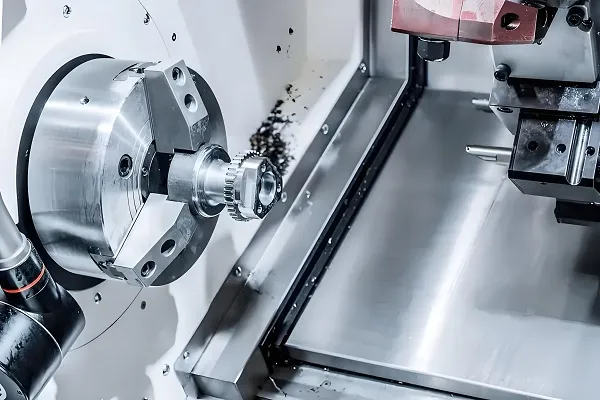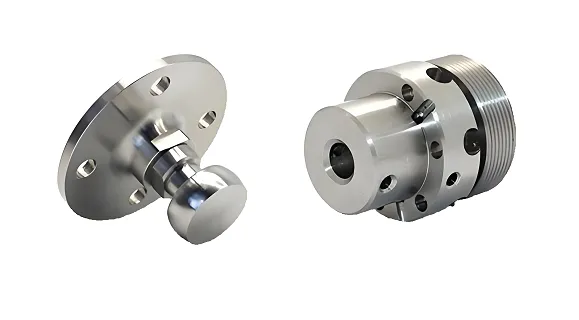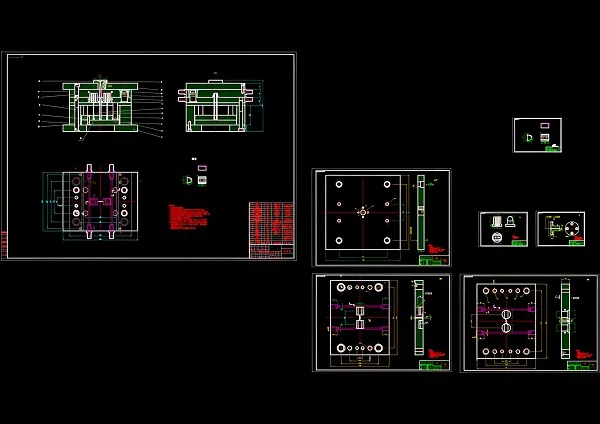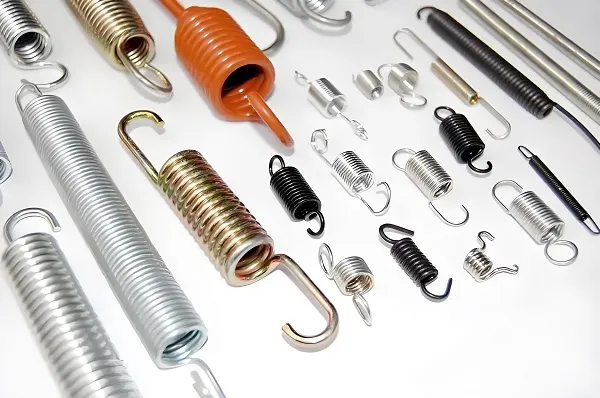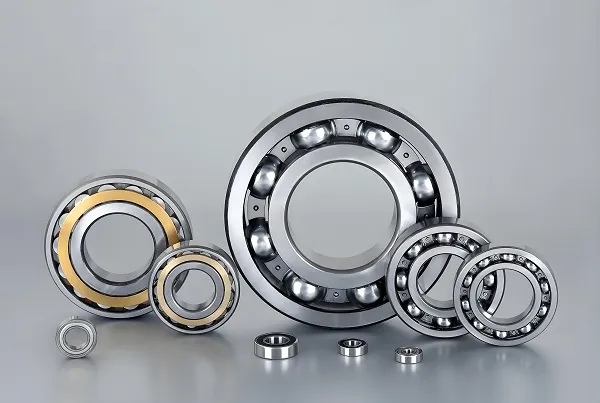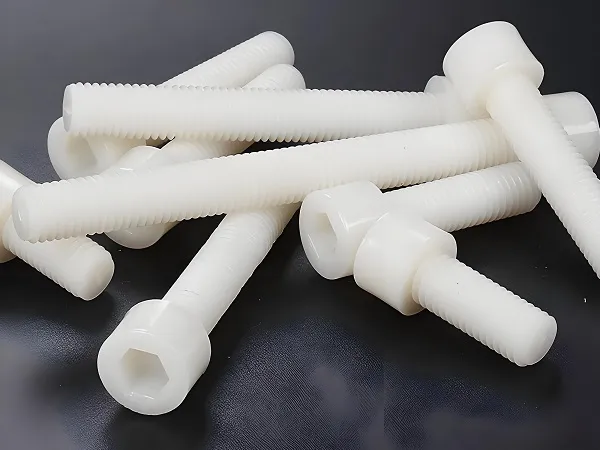When it comes to designing parts for CNC (Computer Numerical Control) machining, there are several crucial factors to consider to ensure a successful and efficient manufacturing process. This guide aims to provide both novice and experienced designers with valuable insights into creating parts that are optimized for CNC machining.

The first step in designing for CNC is understanding the capabilities and limitations of the CNC machines themselves. Different machines have varying degrees of axis movement, spindle speeds, and tooling options. Familiarizing yourself with these specifications will help you determine what geometries and features are feasible to produce.
Material selection is another critical aspect. The choice of material not only affects the part’s functionality but also influences the machining process. Some materials, like aluminum and mild steel, are easier to machine and are often preferred for prototyping or when complex geometries are involved. Harder materials like stainless steel or titanium may require more advanced tooling and longer machining times.
Design simplicity is often key. While it might be tempting to incorporate overly complex shapes and features, simpler designs can lead to reduced machining time, lower costs, and fewer potential errors. Avoid unnecessary undercuts, deep cavities, and thin walls that could pose machining challenges.
Tolerances play a significant role in part design. Understanding the required level of precision for your part is essential. Tight tolerances may increase machining time and costs, so it’s important to strike the right balance between functionality and manufacturability. Generally, tolerances within ±0.01 to ±0.025 millimeters are common in many CNC machining applications.
Proper part orientation during machining is crucial. Consider how the part will be held and supported in the machine to minimize vibrations and ensure stability. Choosing the right orientation can also affect the surface finish and accuracy of the final product.
When designing features such as holes and slots, it’s advisable to use standard tool sizes whenever possible. This simplifies the machining process and reduces the need for custom tooling. Chamfers and radii on edges not only enhance the part’s aesthetics but also reduce stress concentrations and improve durability.
Draft angles are important for parts with vertical walls, especially if they need to be removed from a mold or fixture. A small draft angle, typically around 1 to 3 degrees, can facilitate the ejection of the part without causing damage.
Incorporating design for assembly (DFA) principles is beneficial, especially if the part is part of a larger assembly. Ensure that mating surfaces are properly designed for easy alignment and connection.
Before finalizing the design, it’s essential to review and simulate the machining process using CAD/CAM software. This helps identify potential issues, such as tool interference or areas where material removal might be difficult.
Effective communication with the CNC machinist is also vital. They can provide valuable input based on their practical experience, offering suggestions for design modifications that could improve manufacturability and reduce costs.
In conclusion, designing parts for CNC machining requires a combination of technical knowledge, creativity, and a practical understanding of the manufacturing process. By considering these factors and collaborating closely with the manufacturing team, you can create parts that are not only aesthetically pleasing and functional but also cost-effective and efficiently produced on the CNC machine.

